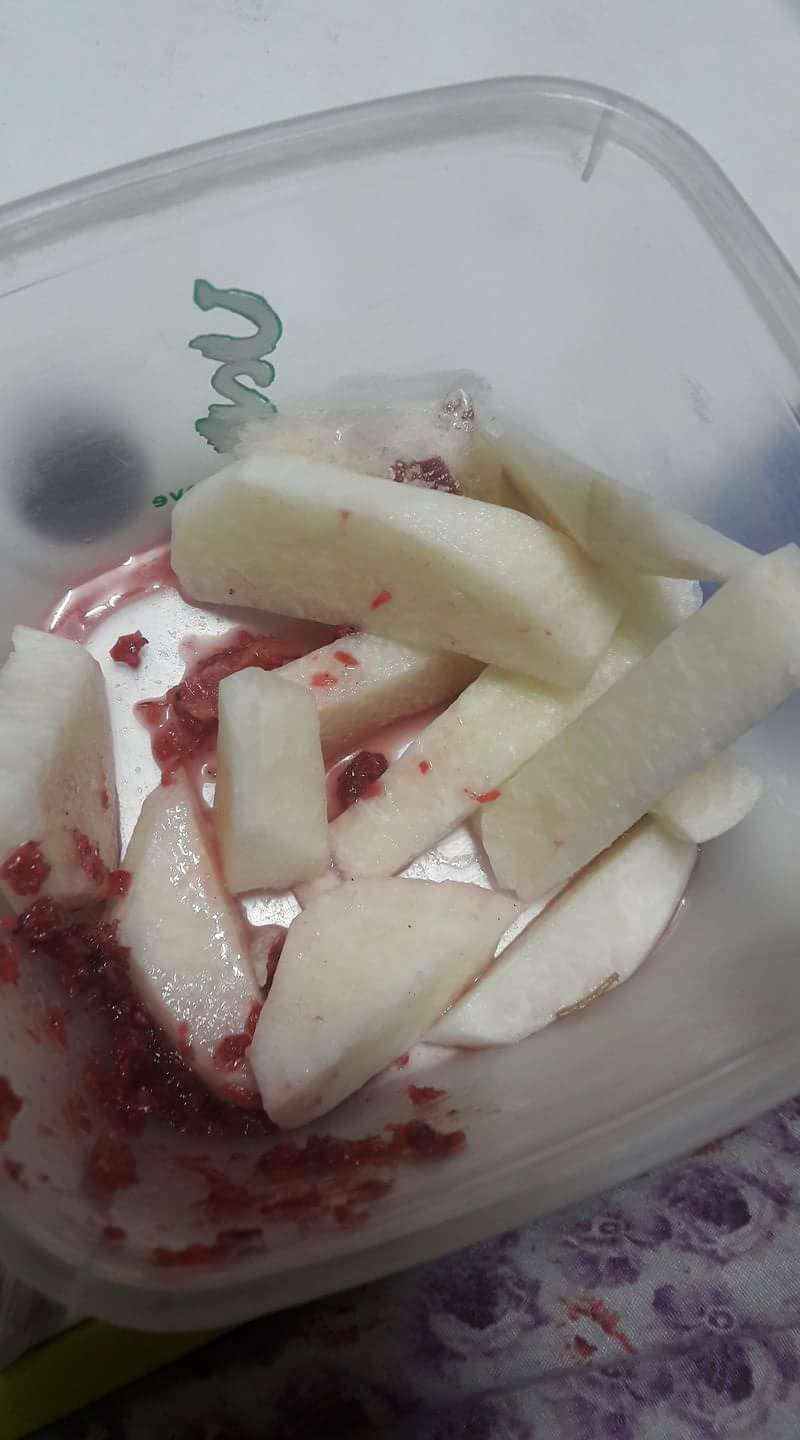THE LEGENDARY SINGKAMAS

Singkamas is a legume vegetable. It also called in other term as yam bean. Yam beans can be eaten raw with tasty treat. It is widely cultivated commercially. It has young tender pods and fleshy taproots, an ideal raw vegetable eaten as snack. The roots found to have a nutritional value but with lower food energy capacity. As the young pod is commonly used in the kitchen as vegetables, it was found to have good source of minerals, calcium and iron.
If you want to raise singkamas for commercial intention, then follow the guides in producing this plant. Choose an area that can give you the requirements you need. The soil should be moist, well-drained, light-textured. Singkamas can grow well in sandy soil containing enough humus.
A moderate temperature and warm season an ideal weather condition best suited to grow singkamas especially during the closing of the rainy season.
Prepare the field thoroughly. Plow and harrow 3 times to ensure that the soil had a very fine tilt. Repeated plowing and harrowing will also kill any remaining weed seeds that will germinate anytime when the soil moisture is sufficient. Construct plots measured 1 meter wide or any convenient length.
Apply compost materials to the soil before planting. The purpose is to improve its organic contents. Broadcast fertilizer (organic matter) over the entire seedbeds during the onset of land preparation. Broadcast inorganic fertilizer 12-24-12 (NPK) at the rate of 150 kilograms hectare. This is to assist organic fertilizers to make the soil fertile.
Soak the mature seeds overnight before planting to the selected area. Plant the seedlings in favorable weather condition. If the weather is fairly cold then proceed with the planting. Plants seeds 4 centimeters deep to the soil. Have a distance of 20 centimeters between hills and 30 inches between rows. Cover lightly the seed with sufficient amount of soil.
Schedule the weeding and cultivation of the plants 30 days after planting. Use light garden tools to assist you to loosen the soil to remove the emerging weeds. With better cultivation method will give higher field. Additionally, continue cultivating the crop two times before the harvest.
Remove the flower at the early stage of its growth. This is to allow proper root formation. With this setting, it will allow more nutrients needed by the roots. With enough nutrients, the yield will be increase, the formation of biomass. It increases sugar content and become tolerant to dry spell.
Apply organic fertilizer coming from compost materials and animal manure during the period of its growth.
Harvest the crop after 3 months. This is the first harvest. Hand pull and pile on heaps along the plots. The harvested singkamas will be brought to the shades for proper disposition. The roots are classified or graded according to size and form. Bundle the classified roots ready to be transported to the market.
It is important to have a ready supply of seeds for the next planting. One way of obtaining quantity of seeds as reserved is to allocate portion of the field to raise the plants for flowering and seeding purposes only. This is to assure that there will be enough supply of the seeds for the next planting season.
The newly harvested roots can be stored 2 months or more under optimum condition. Its shelf-life can be obtained if the storage temperature is not lower than 12.5”C and the relative immediately of 70%.
The fleshy root is eaten raw or good as salad. It has sweet taste and crispy texture. It is used as additive to some culinary preparation. Good to make pickles because of its sweet taste.
@tonyeng
🙏🙏🙏